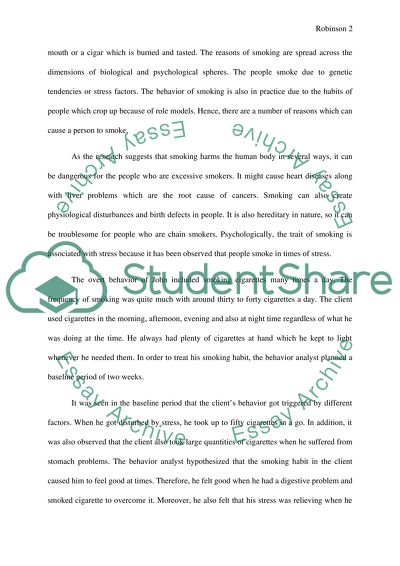Cite this document
(“Behavior Modification Management Plan Essay Example | Topics and Well Written Essays - 1750 words - 1”, n.d.)
Behavior Modification Management Plan Essay Example | Topics and Well Written Essays - 1750 words - 1. Retrieved from https://studentshare.org/psychology/1591808-behavior-modification-management-plan
Behavior Modification Management Plan Essay Example | Topics and Well Written Essays - 1750 words - 1. Retrieved from https://studentshare.org/psychology/1591808-behavior-modification-management-plan
(Behavior Modification Management Plan Essay Example | Topics and Well Written Essays - 1750 Words - 1)
Behavior Modification Management Plan Essay Example | Topics and Well Written Essays - 1750 Words - 1. https://studentshare.org/psychology/1591808-behavior-modification-management-plan.
Behavior Modification Management Plan Essay Example | Topics and Well Written Essays - 1750 Words - 1. https://studentshare.org/psychology/1591808-behavior-modification-management-plan.
“Behavior Modification Management Plan Essay Example | Topics and Well Written Essays - 1750 Words - 1”, n.d. https://studentshare.org/psychology/1591808-behavior-modification-management-plan.


